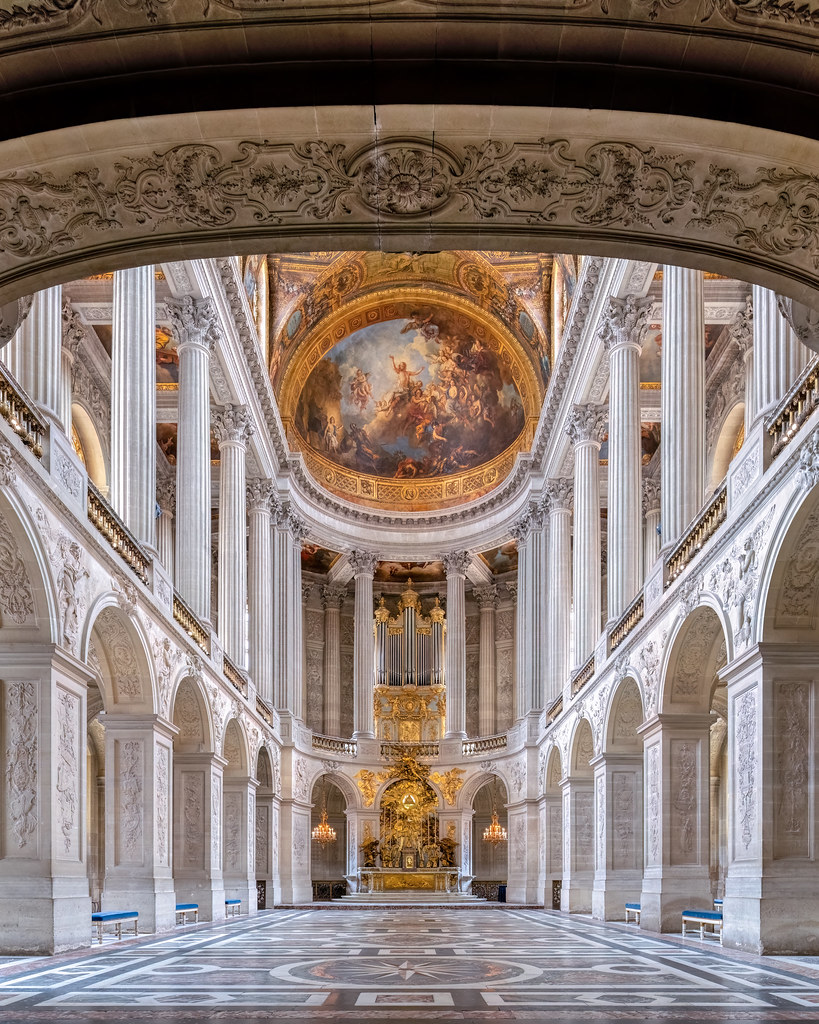#Mansart
Text

La "Galerie Dorée" de l'Hôtel de Toulouse - précédemment Hôtel de La Vrillière - construit par l’architecte François Mansart (1635-50) pour Louis Ier Phélypeaux, Seigneur de La Vrillière, et réaménagé par l’architecte Robert de Cotte (1714-19) pour le Comte de Toulouse et sa descendance de Bourbon-Penthièvre, dorénavant propriété de la Banque de France, Paris, février 2024.
#expos#XVIIIe siècle#HotelDeToulouse#GalerieDoree#BanqueDeFrance#Mansart#Pehlypeaux#LaVrilliere#DeCotte#Bourbon#BourbonPenthievre#Penthievre
3 notes
·
View notes
Photo

24 mai 1670 : Louis XIV crée l’Hôtel des Invalides par ordonnance royale ➽ http://bit.ly/Hotel-Invalides Destiné à recevoir des soldats blessés, estropiés de la guerre ou vieillis dans le service qui jusque-là trop souvent s’adonnaient au vagabondage, l’Hôtel des Invalides est créé par Louis XIV, la construction de l’édifice étant confiée à l’architecte Libéral Bruant entre 1671 et 1676
#CeJourLà#24Mai#Hôtel#Invalides#ordonnance#royale#roi#LouisXIV#monument#édifice#architecte#Bruant#Mansart#soldats#pensionnaires#guerre#musée#armée#histoire#france#history#passé#past#français#french#news#événement#newsfromthepast
6 notes
·
View notes
Photo

Incroyable château de Sagonne. En partie démantelé à la Révolution, il était, il y a encore peu, recouvert de lierre et à l’abandon. Aujourd’hui, grâce à la volonté des propriétaires, il est visitable. Bravo ! Sachez également qu’il fut propriété de Mansart. #chateaudesagonne #sagonne #facade #façade #architecture #cher #18 #chateau #mansart (à Château de Sagonne) https://www.instagram.com/p/Chlwt_6M7SS/?igshid=NGJjMDIxMWI=
0 notes
Video
The Royal Chapel - Palace of Versailles, France by John Wolfe
Via Flickr:
La Chapelle Royale, Château de Versailles, France
#Palace of Versailles#Château de Versailles#La Chapelle Royale#Royal Chapel#Chapel#Church#alter#France#Place#d'Armes#Place d'Armes#Louis XIII#Ancie Regime#Louis XIV#18th Century#Architecture#Jules#Hardouin-Mansart#worship#Palace#Versailles#Vertorama#columns#French#Baroque#art#organ#gold#marble#flickr
17 notes
·
View notes
Text
Me?? Art??? Broo..
Yeah meet one of my darlings, or two, Stromae and Bourne. I love my babies.

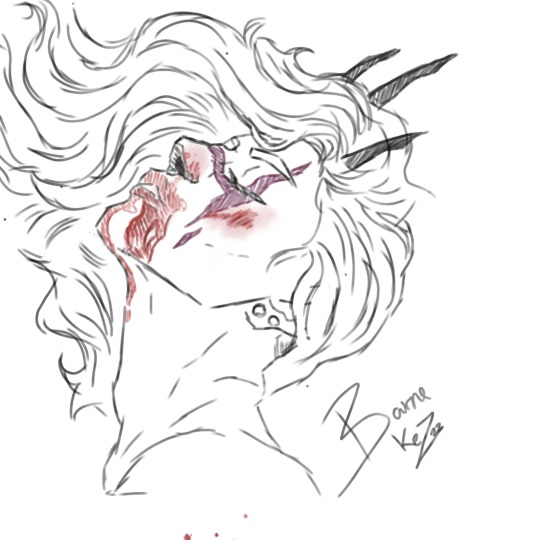
6 notes
·
View notes
Text
Barock: Die Vorliebe für Bewegung, Dramatik und überschwängliche Dekorationen
Einführungsvideo: Eine Person hält eine weiße Feder Video von Cottonbro von Pexels.
Der untenstehende Text ist ein Auszug aus dem Barock von Victoria Charles und Klaus H. Carl, herausgegeben von Parkstone International.
Die Barockkunst (ital.: soviel wie „verschroben, exzentrisch“) ist als weitere Entwicklung in Italien und einigen anderen Ländern in einem unmerklichen Übergang aus der um 1600…
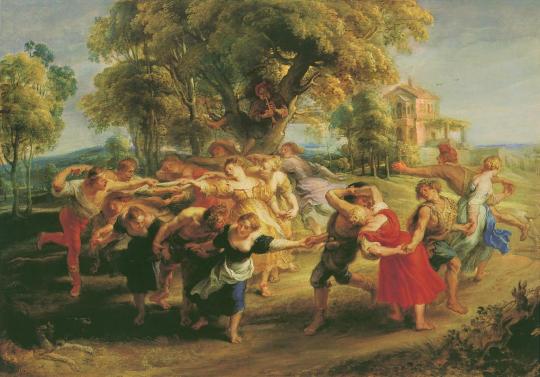
View On WordPress
#Annibale Carrachi#Architektur#Barock#Barockkunst#book#Buch#Caravaggio#Dekorativ#Dekorative Kunst#die Architektur#ebook#Epoche#Erhabenheit#Gemälde#Geschichte#Giovanni Lanfranco#Guido Reni#Jules Hardouin-Mansart#katholisch#kindle book#Kindle-Buch#Kirche#Kunst#Kunstgeschichte#Libéral Bruant#Michelangelo da Caravaggio#ornament#ornamental#Ornamentale Kunst#Palast
1 note
·
View note
Text
Fuente de Latone (1), Versalles
Fuente de Latone. Jardines del Palacio de Versalles.
Inspirada en Las Metamorfosis de Ovidio, la fuente de Latone ilustra la leyenda de la madre de Apolo y de Diana protegiendo a sus hijos de las injurias de los campesinos de Licia, y pidiéndole a Júpiter que la vengue, lo cual hizo transformándolos en ranas y lagartos. El grupo central de mármol, esculpido por los hermanos Marsy, representa…
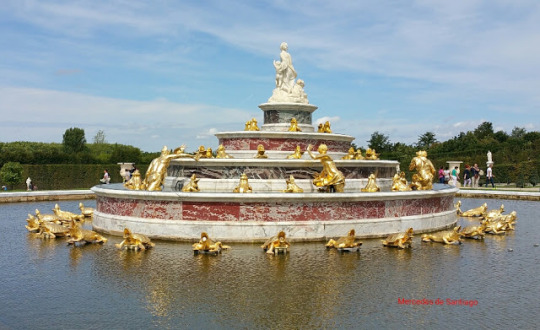
View On WordPress
#Barroco#Escultura#Escultura civil#Francia#Fuentes y jardines#Hermanos Marsy#Jules Hardouin-Mansart#Palacio de Versalles#París#Siglo XVII
0 notes
Text
CHÂTEAU DE CLAGNY (WIP)
Part 1 - Exteriors
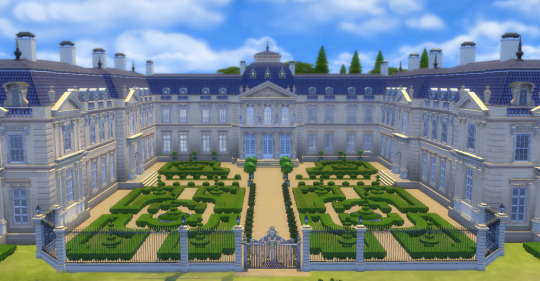
The Château de Clagny was a French country house that stood northeast of the Château de Versailles; it was designed by Jules Hardouin-Mansart for Madame de Montespan between 1674 and 1680. Although among the most important of the private residences designed by this great architect, it was demolished in 1769 after years of neglect.
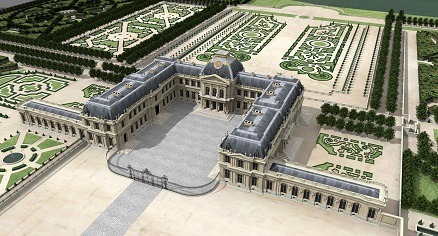
According to the writings of Madame de Sévigné, it would have cost not less than 2 million livres, and to have kept 1200 workers occupied. André Le Nôtre designed the layout of the gardens. Currently, its appearance can only be traced through the engravings made of it, and scattered references in the archives of the Bâtiments du Roi.
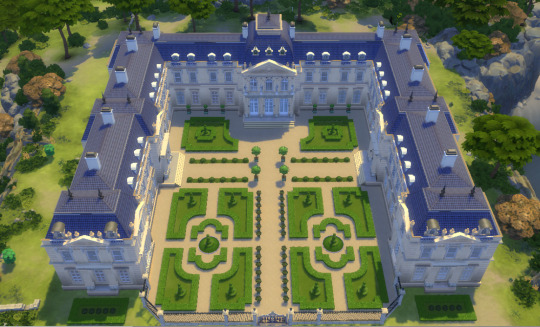

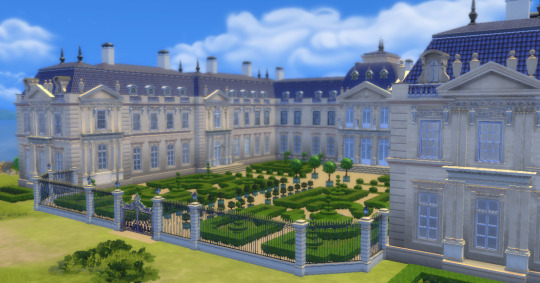



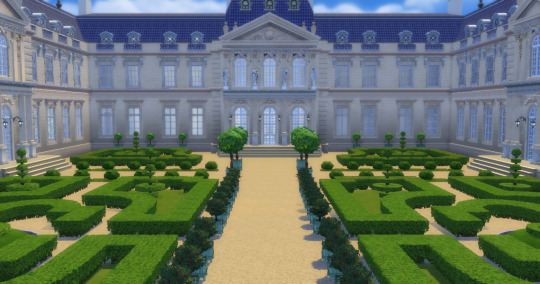






102 notes
·
View notes
Text

September 1921, Henford-on-Bagley, England

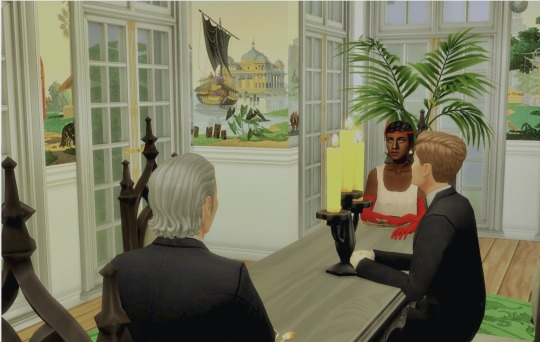
Dearest sister,
I hate it. I bloody detest it. Thomas, the title, the fucking castle. I could go on for hours about the castle. It is beautiful, yes, and full of history, but my god, it costs 6,000 bloody pounds a month to even run it. 72,000 a year. That’s more than I would make in fifteen years in my field of work. I think once Thomas dies I am going to sell it. I don’t see the need to live in a Versailles Palace knock-off. I was told that they even hired Jules Hardouin-Mansart and his successor Robert de Cotte to design the place back in 1709.
I spend six days a week with his grace, learning the skills and duties of a duke. He’s hired an etiquette coach to teach me how to dine properly (there is no need to be so many types of spoons and forks, why is there a fork just for eating cheese and another for snails?), a ballroom instructor to teach me to dance waltzes, and I spend hours with the estate manager, learning to the run the bloody place. Stella has escaped these tortures because her mother thought it be would smart to learn American, English, and French etiquette and dining styles.


Sundays are my only free day, and I spend it with Stella. She hates it here more than I do. She tells me that she wants to go home, back to New York. I don’t blame her. The countryside has almost no society, and we avoid the neighbors—Thomas doesn’t think we are ready to be in proper society yet. It is so bluntly obvious that he does not like us I almost laugh.
He leaves for London for parliament soon. I am tempted to sneak away on a boat back to New York. Change my name and run to California where Stella and I will run a hotel. It began as a joke at first, but I wonder if she’s starting to be semi-serious now. I think I will make a case to let us live in London, that way we will be near you and Francesca, and Stella knows people in London. She won’t stuck in a society based on racial privilege and merit. I just want to pursue my own life with my own interests.
I will send a telegram when I am in London. Hopefully soon.
Your darling suffering brother, Byron
East London
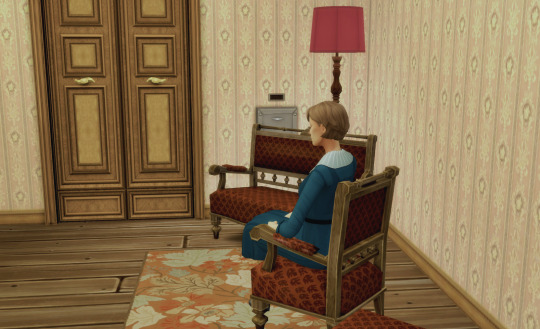


Giselle set the letter down and sighed. Of course Byron was complaining about living in a castle. She understood why he was angry, but she was living in a tiny apartment in East London, barely making ends meet if she and Francesca weren’t both working. The only person she felt sorry for in the matter was Stella.
“Oh Giselle,” Francesca wailed, opening the door and slamming it behind her. She was crying.
Giselle stood up in shock. “What happened, dearest? What is the matter?”
“I’ve had a telegram from the family lawyer. Aunt Rosamond is dead.”
#the walshes#the walsh legacy#the sims 4#ts4#sims 4 decades#sims 4 historical#ts4 story#history simblr#sims 4 history challenge#ts4 historical#ts4 decades challenge#1920s#ts4 1920s#tw sex mention#tw death#byron walsh#thomas walsh#stella gardenhouse#francesca pace
25 notes
·
View notes
Photo
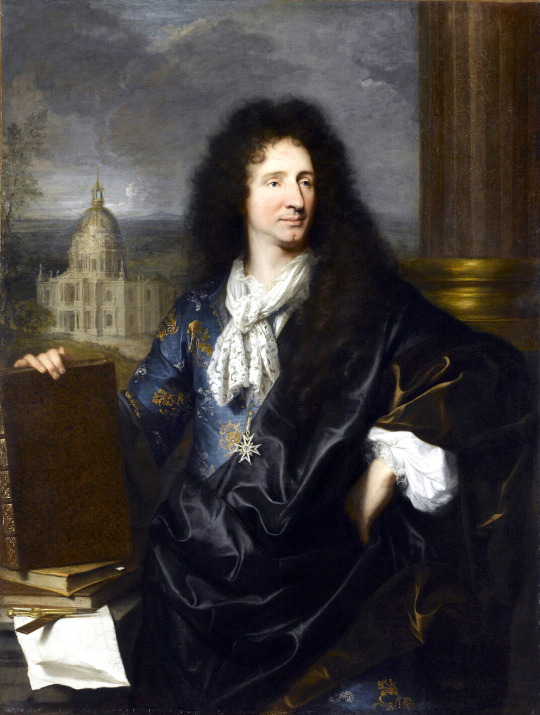
1685 Hyacinthe Rigaud - Jules Hardouin Mansart
(Louvre Museum)
101 notes
·
View notes
Text
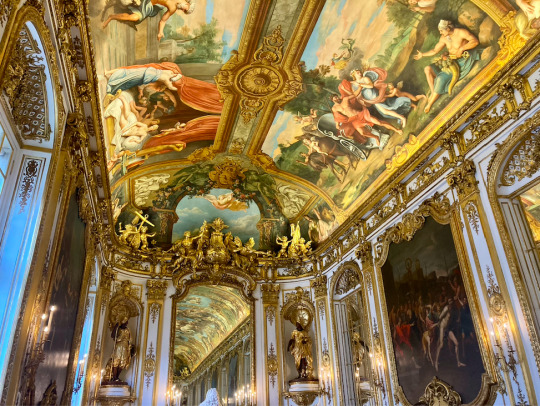
La "Galerie Dorée" de l'Hôtel de Toulouse - précédemment Hôtel de La Vrillière - construit par l’architecte François Mansart (1635-50) pour Louis Ier Phélypeaux, Seigneur de La Vrillière, et réaménagé par l’architecte Robert de Cotte (1714-19) pour le Comte de Toulouse et sa descendance de Bourbon-Penthièvre, dorénavant propriété de la Banque de France, Paris, février 2024.
#expos#peinture#sculpture#XVIIIe siècle#HotelDetoulouse#GalerieDoree#BanqueDeFrance#Mansart#Phelypeaux#LaVrilliere#DeCotte#Bourbon#BourbonPenthievre#Penthievre
2 notes
·
View notes
Photo
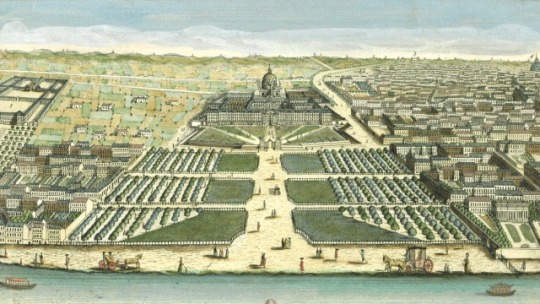
24 mai 1670 : Louis XIV crée l’Hôtel des Invalides par ordonnance royale ➽ https://bit.ly/2Lfc0hR Destiné à recevoir des soldats blessés, estropiés de la guerre ou vieillis dans le service qui jusque-là trop souvent s’adonnaient au vagabondage, l’Hôtel des Invalides est créé par Louis XIV, la construction de l’édifice étant confiée à l’architecte Libéral Bruant entre 1671 et 1676
#CeJourLà#24Mai#Hôtel#Invalides#ordonnance#royale#roi#LouisXIV#monument#édifice#architecte#Bruant#Mansart#soldats#pensionnaires#guerre#musée#armée#histoire#france#history#passé#past#français#french#news#événement#newsfromthepast
6 notes
·
View notes
Text

17th-century Colonnade de Mansart in the park of the Versailles Castle
French vintage postcard
#old#postcard#de#17th-century#postkaart#castle#french#versailles#vintage#briefkaart#postal#ansichtskarte#the versailles castle french#ephemera#photography#colonnade#photo#th#postkarte#tarjeta#park#century#mansart#historic#sepia#carte postale
4 notes
·
View notes
Text
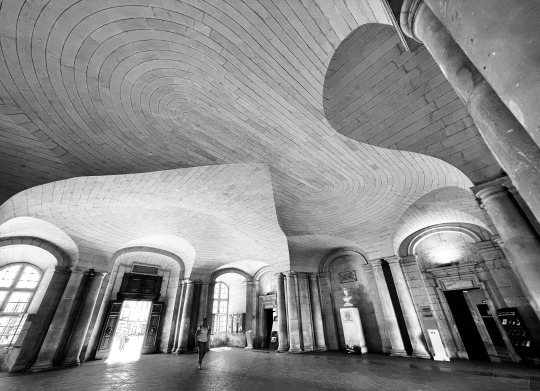
2022 Arles, vestibule de l'Hôtel de Ville 1673-1676 Jules Hardouin-Mansart architecte
14 notes
·
View notes
Text
#histoire française#histoire#il y a aussi un irlandais et une australienne donc bon pas que français
7 notes
·
View notes
Photo




Reopening of the Richelieu site of the Bibliothèque nationale de France
The historic Richelieu site of the Bibliothèque nationale de France (BnF) located in the centre of Paris has just reopened to the public after 12 years of work. Among other things, the BnF has another important site inaugurated in 1995 in the south of Paris by the President of the Republic François Mitterrand and which now bears his name.
The BnF collects, archives and restores all works published or edited in France. It also preserves national heritage collections, and items from bequests or donations.
Its origin goes back to the king's library installed in the Louvre in 1368 by Charles V. A decision made by King François 1st in 1537 required the creation of the collection, making it a legal requirement to deposit all publications in the national library. This decision now makes the BnF the largest library in France and one of the largest in the world. The BnF's collections include nearly 16 million books and collections, as many prints and photographs, 2 million scores, 950,000 maps, plans and globes and some 370,000 manuscripts. It has been open to the public since 1692.
Among these collections are the first editions of Emile, or the education by Jean-Jacques Rousseau, and La Princesse de Clèves by Madame de La Fayette. Many books published before 1500, called incunabula, such as Le Kal endrier des bergers published in 1493, and very old illuminations, including the Great Chronicles of France dating from the late fifteenth century, are also kept there.
After many locations, the library moved in 1721 to the site of the current library in the former palace of Mazarin, rue Vivienne. New rooms were built during the Second Empire, one for researchers, the other for the general public. The Mazarine Gallery designed by François Mansart became a museum in 1878. Finally, the impressive "Salle Ovale" 18 meters high was opened in 1936.
Since 2010, major redevelopment work has been undertaken, which has just ended (2022). The site now includes 5 reading rooms, 4 of which are reserved for researchers, and the Oval room, equipped with 20,000 books and open to all, with free access. There is also a museum, a gallery of temporary exhibitions, a bookshop and a café. The entirety occupies about 58,000 m².
Although the refurbishments have restored the prestige to this somewhat forgotten but architecturally renowned site, an old controversy has reappeared. The main staircase, a monumental work built before the war of 1914-1918 and inspired by the Louis XIV period, has been replaced by a rotating staircase made of steel and aluminum whose integration into the place is sometimes disputed.
22 notes
·
View notes
